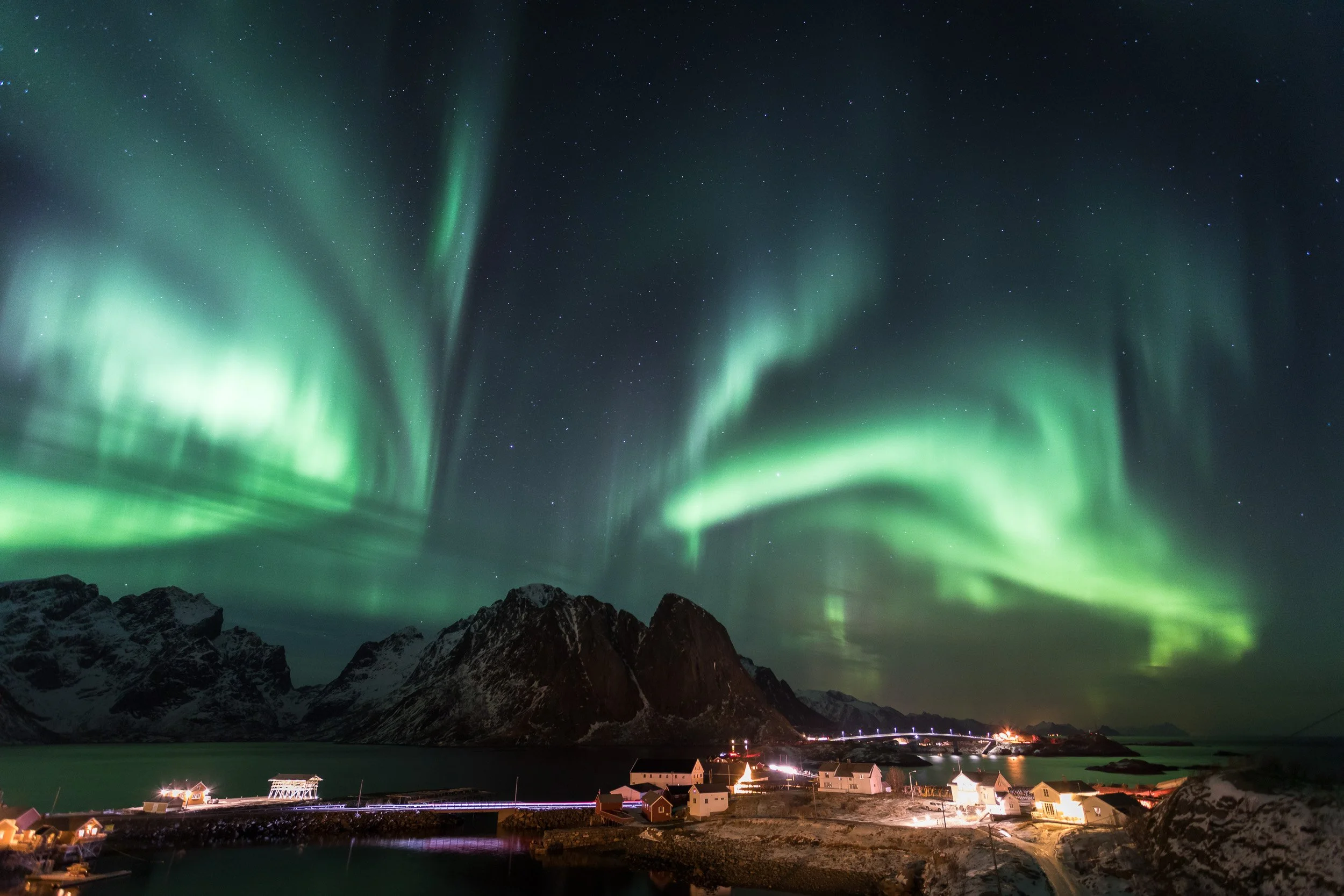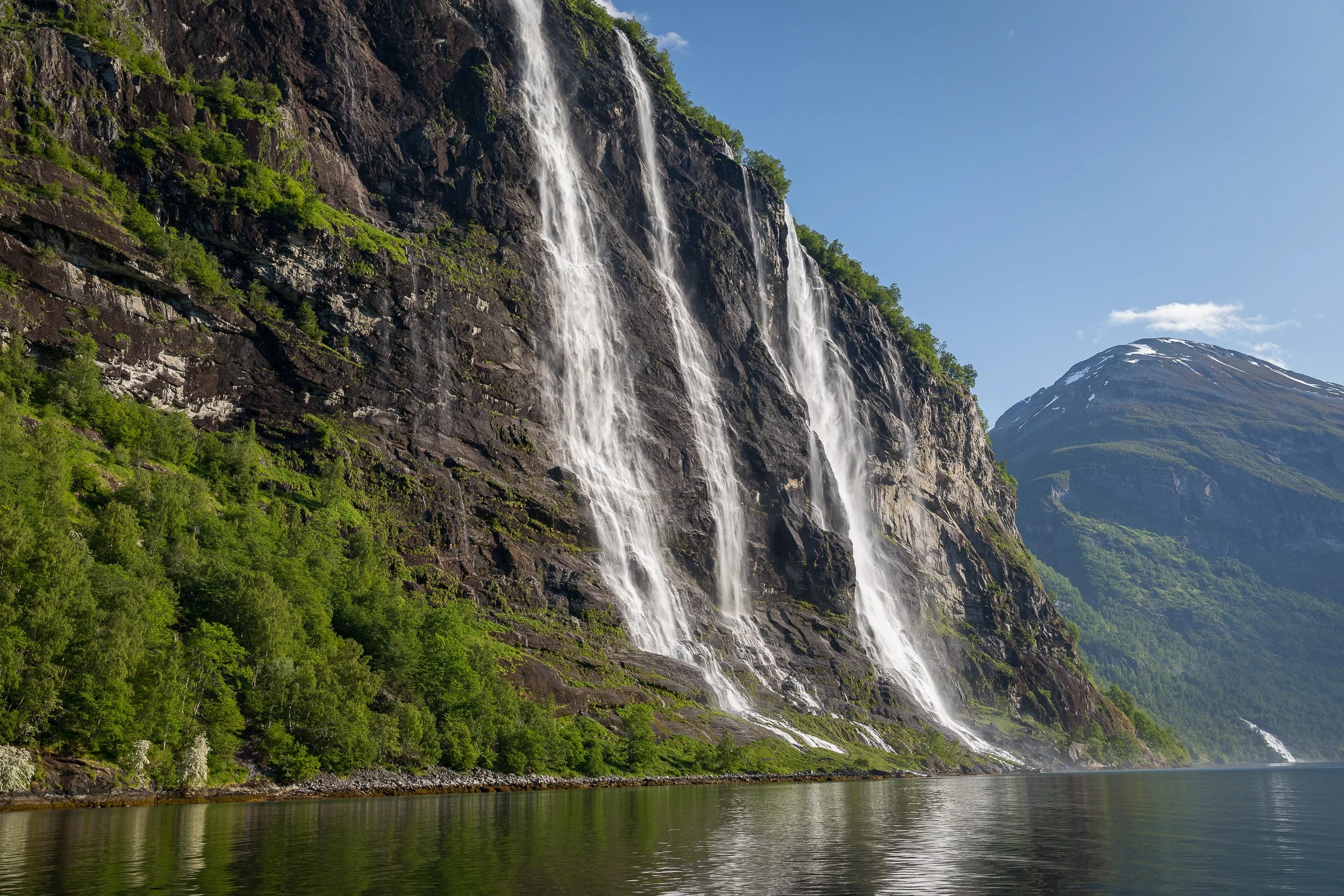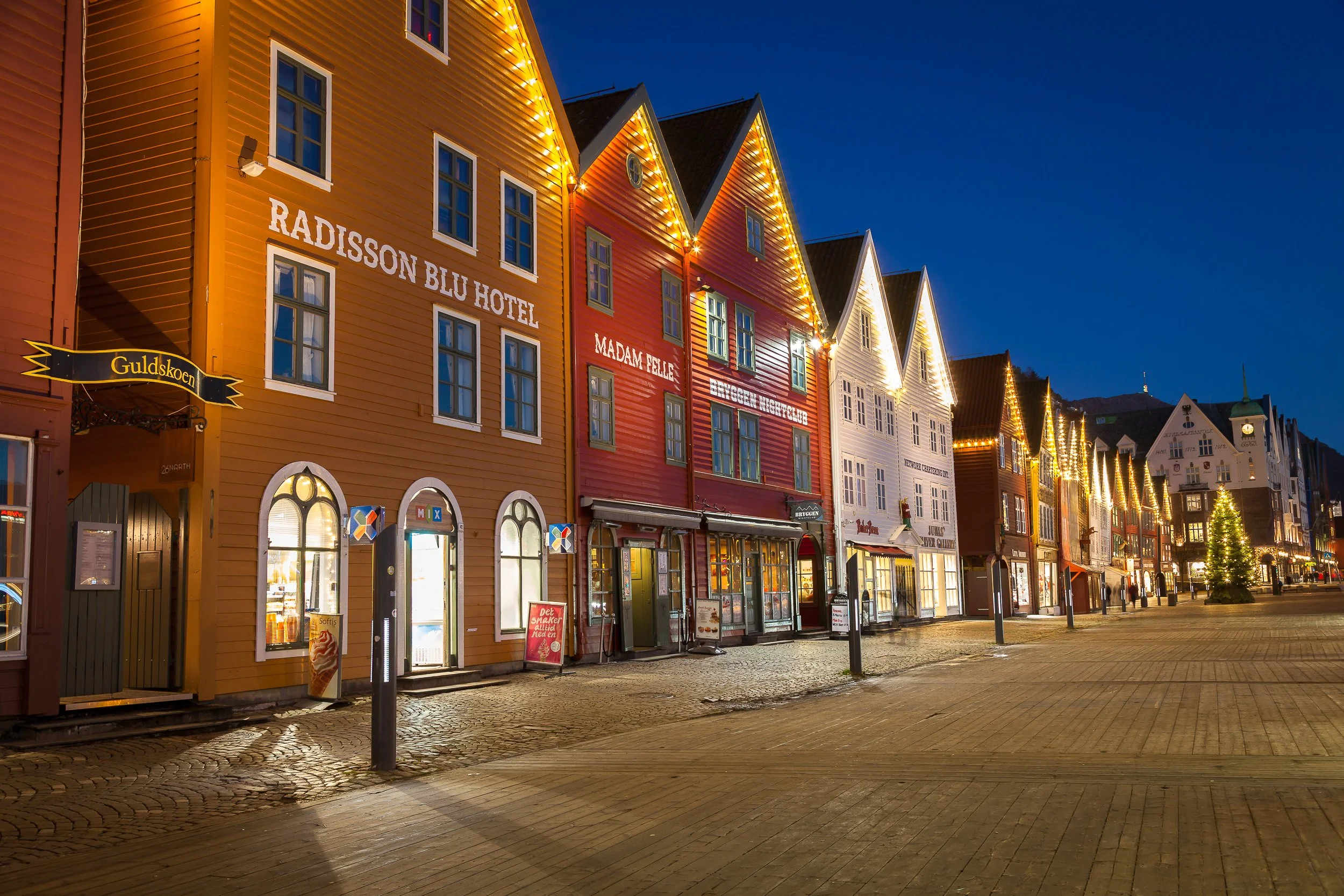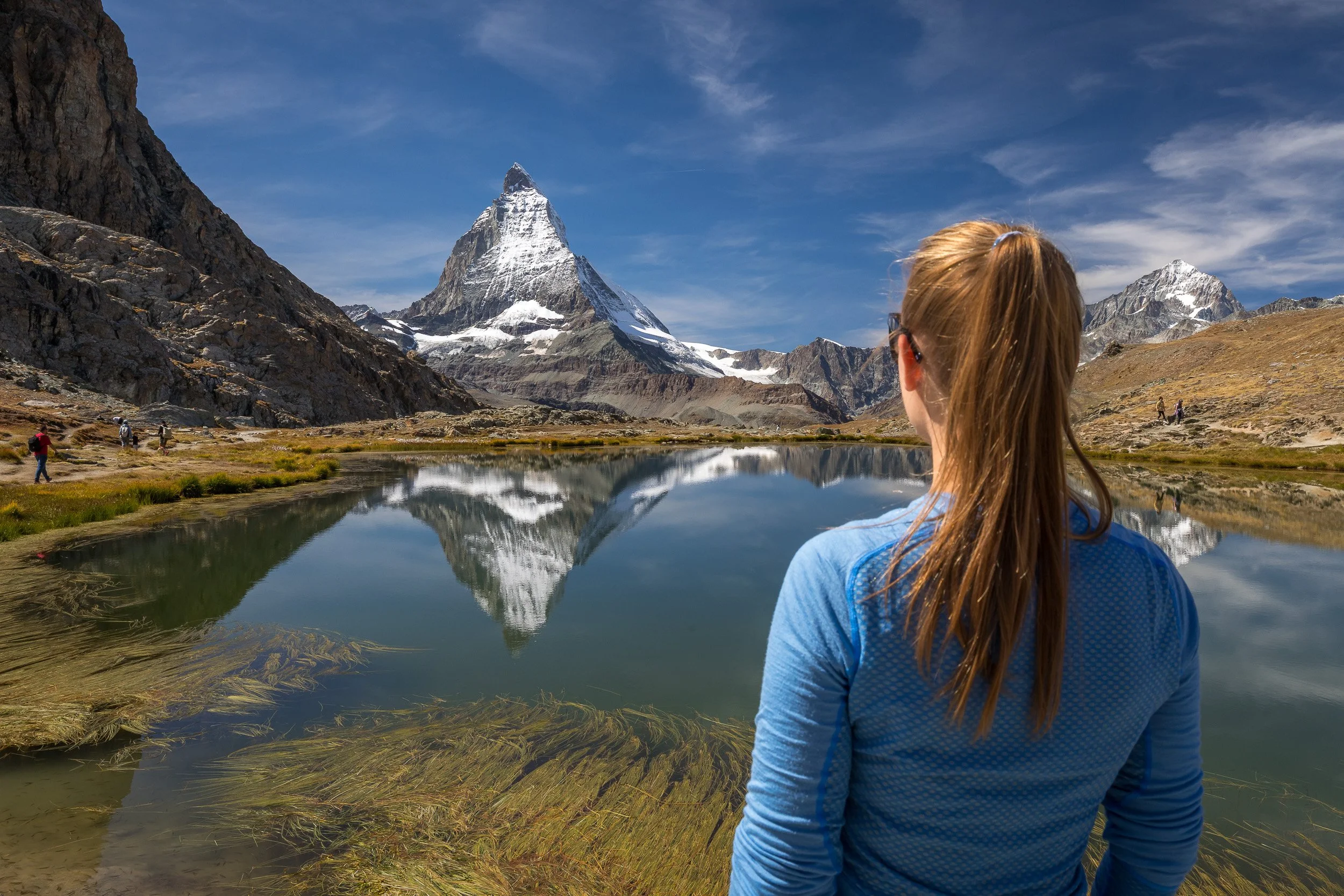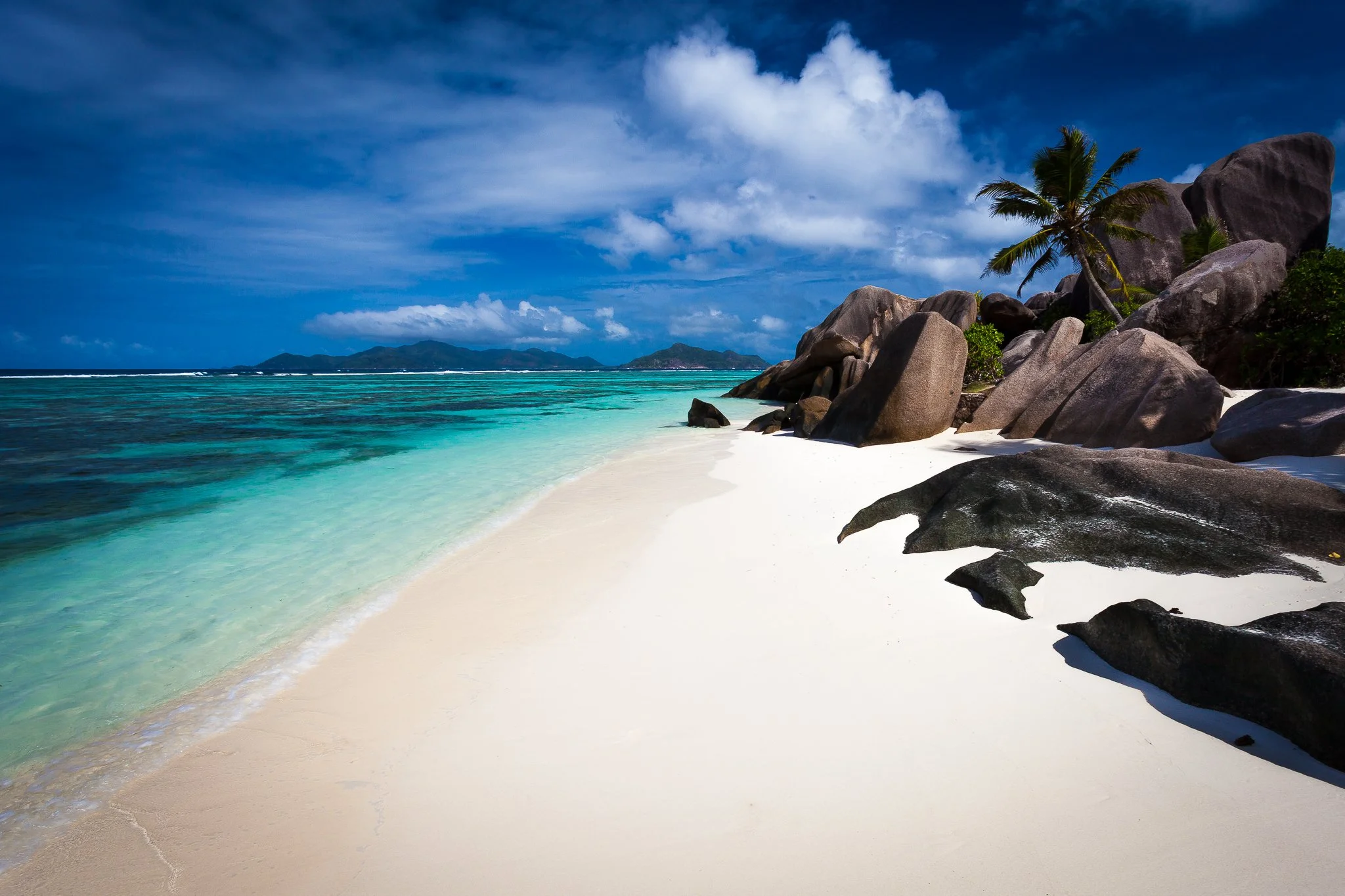
Travel Photography Portfolio – From Arctic Fjords to Tropical Shores
Step into a curated collection of travel moments from across the globe – from snow-dusted Arctic fjords and dramatic Lofoten cliffs to golden savannas, palm-fringed islands and vibrant coastal towns. Each project in this portfolio has been created by Norwegian landscape and travel photographer Svein Magne Tunli and showcases a destination through carefully selected images, inviting you to explore new places, colours and moods – and maybe even inspire your next journey.
Every image is available in high resolution and carefully edited for premium print and screen display. The gallery works well on mobile, but if you have the option, a larger screen (laptop or desktop) lets you appreciate the details even more.

